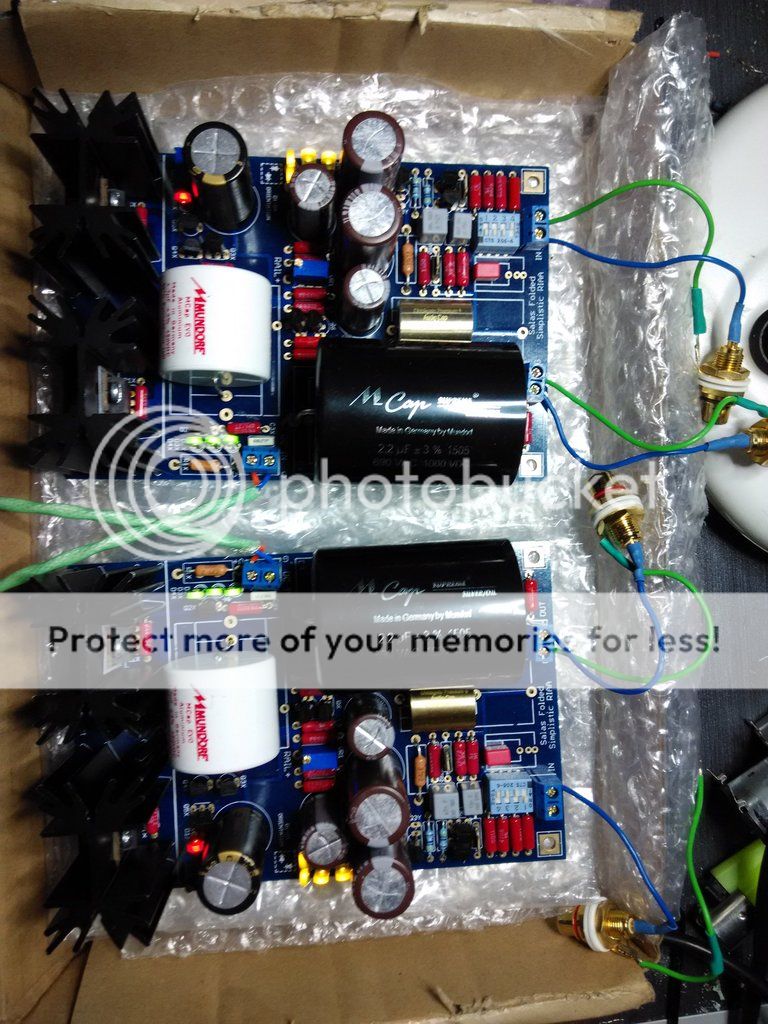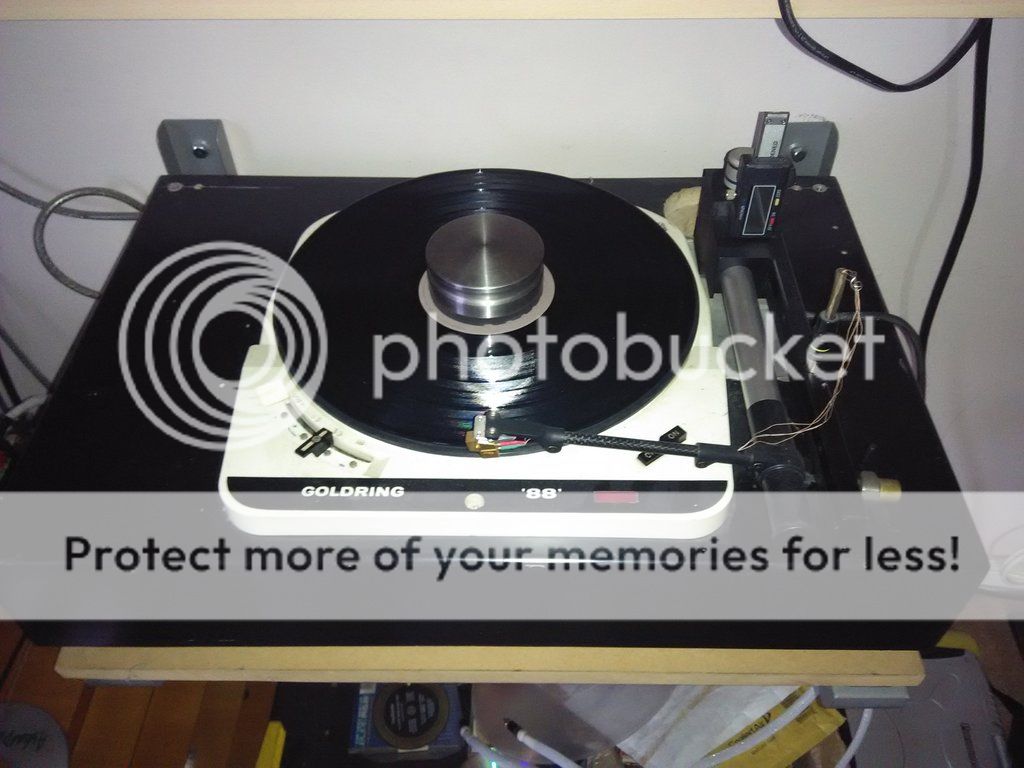I was referring to the auto test. In the curve tracer mode it will impose 12V 12mA hard limits anyway. You can try force 10V Vds 0V Vgs there for below 12mA IDSS types to see something more indicative. Even then it won't span the trace up to 10V at Vgs=0 when the JFET under test is BL range. It could reach more than 3V that it uses as standard Vds reference for IDSS result in the auto test, maybe 4-6V. You can establish that two samples are tracing alike or not that way over a good area, but it can't help you characterize everything you throw at it just on any datasheet conditions. Its a nice small device with certain limits. Don't expect it to meaningfully trace out a SemiSouth for instance just to use an extreme example. It takes 25V 5A span for that. It will still tell you its silicon carbide by estimating its Vgs though.Nick, are you sure I can't set my DCA75 Vgs to 0 and Vds to 10v to get right work-pout for Idss. Based on what I see in the manual I can set it as I mentioned above and measure Idss with Vgs changes from 0 up to 12v with resolution of 59 points plot?
pictures as promised time to put these in a case
An externally hosted image should be here but it was not working when we last tested it.
An externally hosted image should be here but it was not working when we last tested it.
Guys, I do see Parts ConneXion - The authority on Hi-Fi DIY parts and components started to sale TX2352.
Any opinion about TX2575 vs. TX2352?
Salas,
You're absolutely right about DCA75. It stopes at about 5V max when it plotting curves.
Strange why they did designed user setting for such tests, sorts and matching proposes, which is closer to the user working points. Not saying about SiC types mentioned by you earlier, but for typical types would be very useful and appreciated by many to use lets say up to 10-12V...
Any opinion about TX2575 vs. TX2352?
Salas,
You're absolutely right about DCA75. It stopes at about 5V max when it plotting curves.
Strange why they did designed user setting for such tests, sorts and matching proposes, which is closer to the user working points. Not saying about SiC types mentioned by you earlier, but for typical types would be very useful and appreciated by many to use lets say up to 10-12V...
Very nice & congrats. You can even solder the in-out wires when finally installed. Did the overall tone stabilize by now?
Thank you Salas
lowered the voltage on the raw psu was @ 52v now down to 47v
36v rails and 3.6v on TP1/2
very nice sound now, hearing things in lp`s that I have never heard before
will case it up this week and post a few pictures when done
Guys, I do see Parts ConneXion - The authority on Hi-Fi DIY parts and components started to sale TX2352.
Any opinion about TX2575 vs. TX2352?
Salas,
You're absolutely right about DCA75. It stops at about 5V max when it plotting curves.
Strange why they did designed user setting for such tests, sorts and matching proposes, which is closer to the user working points. Not saying about SiC types mentioned by you earlier, but for typical types would be very useful and appreciated by many to use lets say up to 10-12V...
I know that TX2575 is newer code and looking the same. Bit less ppm. Also Texas sells direct TX2575 (the Z-Foil upgrade to the TX2352)
The DCA75 can show you enough area of curves so to securely match two small semiconductors over most of their range but it will be running out of steam as the mA are rising. In very low IDSS types it will span the full options but this is a limited thing. Always check that JFETS you want to pair are close for IDSS with the DIY method on datasheet conditions, then curve trace them. Especially those that are going to run at near or full IDSS in a circuit.
Thank you Salas
lowered the voltage on the raw psu was @ 52v now down to 47v
36v rails and 3.6v on TP1/2
very nice sound now, hearing things in lp`s that I have never heard before
will case it up this week and post a few pictures when done

Guys, I read my question again today and I realized how stupid its sounds without explanation of my test conditions.
As I far as I understand, Q2x is used as current source (with about 45V supplied DC, 117 is way inside of its Ids saturation Vzone, so current is known and very stable) and in my case it will allow 3.08mA to go through LEDS. LED will have certain Vf with this 3.08mA CC and our goal to find trio with 5.8V Vf at that position. Now, I tested my 117 batches (close to working point conditions) and see that actual saturation starts at about 25-26v and up to 30v Vds I see no changes in Ids at all. I did not go farther means close up to 50v (spec max value) since I see no any changes after 25v and my PSU is 30v max limit. I tested and selected my LED based on that setup. Now is the question if I do need to use R6x for safety of JFET if I test with 30v?
Sent from my iPhone using Tapatalk
As I far as I understand, Q2x is used as current source (with about 45V supplied DC, 117 is way inside of its Ids saturation Vzone, so current is known and very stable) and in my case it will allow 3.08mA to go through LEDS. LED will have certain Vf with this 3.08mA CC and our goal to find trio with 5.8V Vf at that position. Now, I tested my 117 batches (close to working point conditions) and see that actual saturation starts at about 25-26v and up to 30v Vds I see no changes in Ids at all. I did not go farther means close up to 50v (spec max value) since I see no any changes after 25v and my PSU is 30v max limit. I tested and selected my LED based on that setup. Now is the question if I do need to use R6x for safety of JFET if I test with 30v?
Sent from my iPhone using Tapatalk
If you add in a source resistor, you can use that to trim Id to be a bit less than Idss.
As you reduce Id you end up passing less current through the LED string.
i.e. you can adjust the source resistor to trim the Vf of the LED string.
This allows you to use any low Idss jFET with any combination of Vf LEDs and still get to the required Vf that your circuit needs.
But in any case 5.8V is not mandatory.
It could be 5.73V or 5.69V or 5.91V.
The circuit still works.
What may help is getting the two channels in a similar operating regime. This requires the two channels to "match", but precision here is also not mandatory.
If you can get one channel with 5.76V and the other with 5.78V
That's less than 0.5% variation, that is good enough, .
As you reduce Id you end up passing less current through the LED string.
i.e. you can adjust the source resistor to trim the Vf of the LED string.
This allows you to use any low Idss jFET with any combination of Vf LEDs and still get to the required Vf that your circuit needs.
But in any case 5.8V is not mandatory.
It could be 5.73V or 5.69V or 5.91V.
The circuit still works.
What may help is getting the two channels in a similar operating regime. This requires the two channels to "match", but precision here is also not mandatory.
If you can get one channel with 5.76V and the other with 5.78V
That's less than 0.5% variation, that is good enough, .
Last edited:
Finally built the 555 timer circuit to control muting relay and mm/mc relay.
I am using a two pole push button to activate the muting circuit and the mm/mc circuit at the same time but the push button I am using presents a lag between the two poles so I can not always make the two circuits trigger at the same time.
I need an additional circuit that uses a single pole push button to actuate all 555 timers simultaneously.
All input is very welcome as always......
http://www.diyaudio.com/forums/powe...witch-mute-delay-using-555-a.html#post4551844
I am using a two pole push button to activate the muting circuit and the mm/mc circuit at the same time but the push button I am using presents a lag between the two poles so I can not always make the two circuits trigger at the same time.
I need an additional circuit that uses a single pole push button to actuate all 555 timers simultaneously.
All input is very welcome as always......
http://www.diyaudio.com/forums/powe...witch-mute-delay-using-555-a.html#post4551844
- Home
- Source & Line
- Analogue Source
- Simplistic NJFET RIAA

